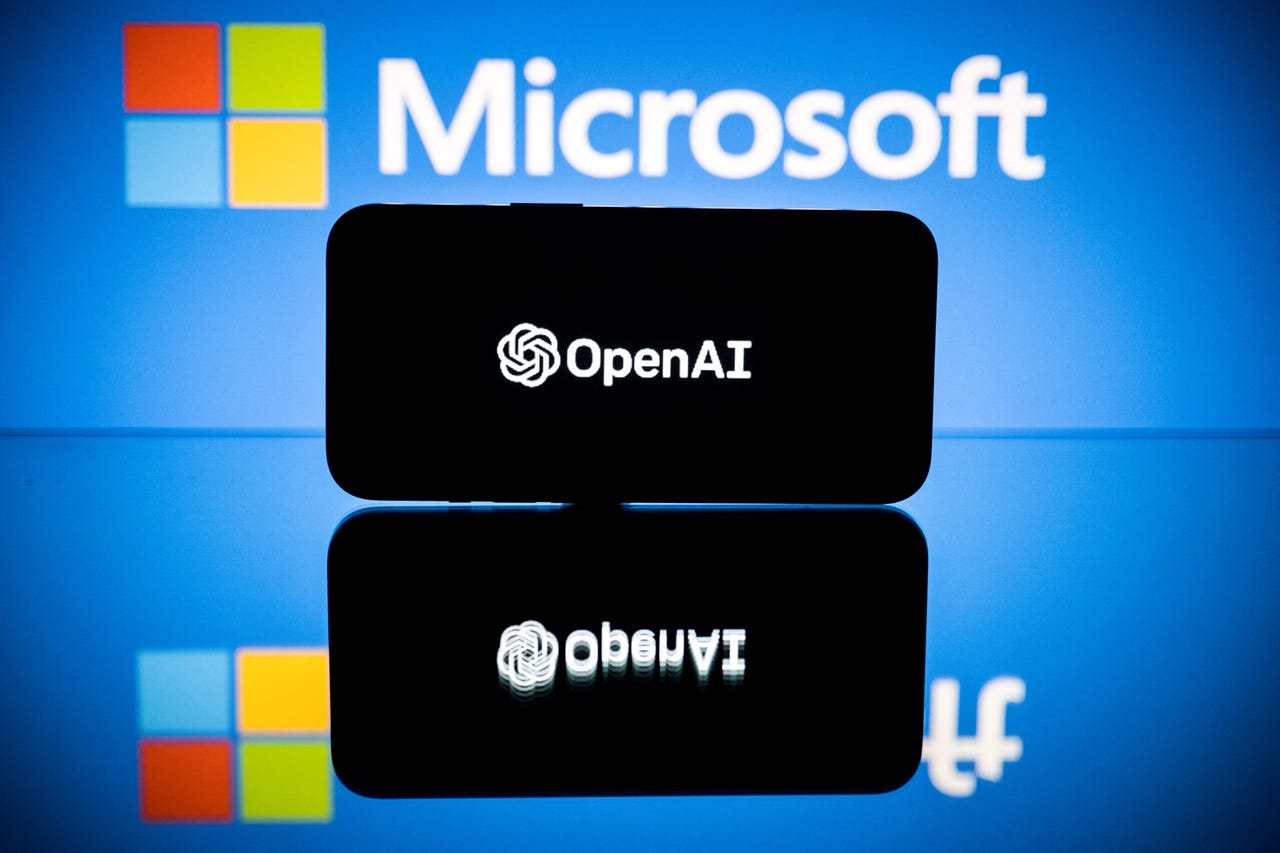Bing AI: I tried out the chatbot's newest feature, but I wasn't impressed - yet


Did your mom ever tell you to "watch your tone" when you had a little too much attitude for her liking? In the same way, you can now tell Bing's AI chatbot to change its tone in its text responses to suit your own liking.
On Bing's chat page, select users have access to buttons that let you choose whether you want the responses to exhibit a "precise," "balanced," or "creative" tone, as seen below.
However, having early access won't be enough to secure these buttons, as only select members of the already-limited early access group will be able to use them.
As someone who didn't have access to the buttons up until today, I am happy to share that there is a workaround. All you have to do is tell the bot to switch to one of the three tones before typing in your query, and the chatbot will be ready to watch its tone.
Also: The new Bing waitlist is long. Here's how to get earlier access
To first put it the different tones test, I wanted to ask a question that could result in a biased response. Using all three tones, I asked, "Is 'La La Land' a good movie?" Now, if you have ever watched the film, you know the ending causes polarizing reactions in people -- you either hate it, or you love it -- and that's exactly why I chose it.
For the first try, I prompted the chatbot to use a "precise" tone. The result was exactly that -- precise. It included stats from trusted movie-rating sites and critic quotes to inform me about the public's perception of the film. It even let me know that, if I was a fan of musicals and romances, I would most likely enjoy the film. This is a really good conclusion because I am a lover of musicals and romances, and I absolutely adore La La Land.
Then I put the "balanced" tone to the test. The results were a little underwhelming, as it included an abridged version of the "precise" tone response. Nevertheless, it did include the perspective of people who love it and the perspective of those who don't, which did make for a balanced response.
Lastly, I used the "creative" tone. As soon as you switch to this tone, you can see the chatbot showcase some of its personality, which is amusing. The actual response to the prompt, however, was still very similar to the others, with the small exception that it included some of its own advice.
I decided to give the tones another try with a broader, more creative prompt--"What is the best season of the year?" I was hoping that this prompt gave the chatbot some more opportunities to showcase its personality. The response outputted using the "precise" tone was short, concise and factual--as expected.
The balanced tone delivered exactly what it's name promises by including different perspectives for liking every season in its response. Compared to the precise tone, the conversational tone's response did seem lighter in nature than the precise tone's, especially with the sprinkle of fun emojis.
Lastly, I tested the creative tone which was meant to be the chatbot's time to shine. The response, however, left much to be desired. The output was pretty dry and resembled the precise tone response quite a bit. The chatbot did introduce itself as "Bing", which was a nice change of pace from the whole Sydney episode.
After trying the tones out, my final verdict is that this functionality is a great idea in theory. However, for it to actually succeed, Microsoft will have to deliver more varied responses for each tone. Right now, the very small nuances in the responses aren't enough to reflect each individual sentiment.